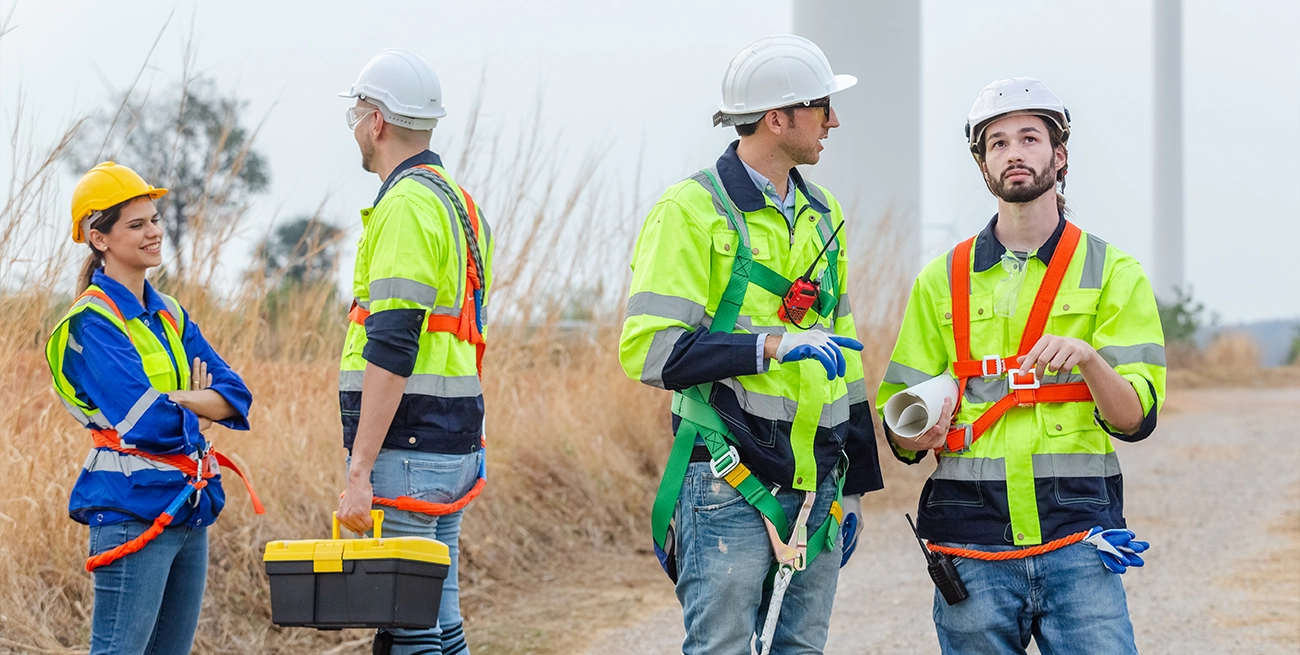The Role of Ergonomic Safety Gear in Reducing Workplace Injuries

Ergonomic safety gear does more than boost comfort—it tangibly cuts injury rates and workers’ compensation costs. The equipment professionals in industrial supply regularly source—ranging from adjustable workstations to lifting aids and wearable support—has a measurable impact. Here’s an extended look at how to select, implement, and support ergonomic safety gear that helps reduce workplace injuries.
What Makes Injury Risk Lower With Ergonomics
Work-related musculoskeletal disorders (MSDs)—covering strains, sprains, carpal tunnel, back pain—are among the leading causes of lost workdays. More than 1.8 million cases occur in U.S. workplaces each year; almost 600,000 of those require days off. Targets include high-repetition tasks, heavy lifting, awkward posture, and forceful exertion.
Ergonomics aims to fit the task to the worker. When adjustments are made—such as using proper lifting aids or redesigning a workstation—injury occurrences drop significantly. Employers report reductions in injury and compensation costs, improved productivity, and morale.
Types of Ergonomic Safety Gear That Drive Results
Specific tools and equipment make a big difference. Common categories include:
1. Material-Handling Aids
Lift tables, scissor lifts, hoists, mobile vacuum lifters and powered carts reduce strain while lifting, bending, and carrying. NIOSH found using ergonomic lifting equipment led to less back and upper-extremity pain among heavy-load handlers.
2. Adjustable Workstations
Desks, lifting platforms, and tool stations that adjust in height prevent bending, reaching, and awkward posture. Kept within the worker’s power zone, tasks require less effort.
3. Wearable Supports
Back belts, shoulder braces, and occupational exoskeletons help support posture, redistribute load, and often reduce lumbar stress. Clinical evaluation shows exoskeletons lowering lumbar load during carrying.
4. Ergonomic Tooling
Tools with ergonomic grips suited to neutral posture and pinch vs power grips ease repetitive tasks and reduce contact stress injuries.
5. Worker Support Accessories
Anti-fatigue mats reduce stress for workers in standing roles. Adjustable chairs, footrests, and keyboard trays designed for posture control help prevent back, neck, and wrist disorders.
Benefits and Results
- Lower injury rates and compensation costs: Studies show ergonomic interventions reduce work-related MSDs, and firms report fewer expenses.
- Higher worker engagement and performance: Comfort leads to fewer absences and higher output.
- Early symptom reporting cuts severity: Encouraging early injury reporting prevents severe MSDs.
How Employers Integrate Ergonomics Into Supply Decisions
Hazard identification and worker input
Walk-throughs identify high-risk tasks like manual material handling and repetitive work. OSHA recommends involving workers in this process.
Hierarchy of Controls approach
Start by redesigning tasks or engineering controls, then add administrative measures, and finally PPE or ergonomic gear for residual risk.
Pilot tests and tool selection
Trial lifting tables, adjustable setups, back-support devices, and exoskeleton wearables. Gather feedback on comfort, usability, and posture assistance.
Train on setup and use
Proper setup of a scissor-lift or ergonomic seat ensures benefits. Training reduces misuse and maximizes effectiveness. Early injury reporting needs education, too.
Monitor outcomes
Track injury rates, costs, and absenteeism—then measure before and after ergonomic gear introduction. Data shows material-handling aids reduce pain frequency among workers lifting heavy loads.
Continuous program updates
Review near-miss and injury logs annually. Update procurement toward better gear, new exoskeleton add-ons, or advanced tools. OSHA encourages ongoing ergonomic programs.
Practical Gear Categories and Selection Tips
| Gear Type | Purpose | Selection Tips |
|---|---|---|
| Lift tables and hoists | Reduce bending, repetitive heavy lifting | Look for adjustable height, load capacity, mobility |
| Mobile vacuum lifters | Ergonomic handling of rigid loads | Check suction strength, battery life, controls |
| Adjustable tool/work benches | Maintain neutral posture | Ensure range of motion fits user heights |
| Anti-fatigue mats | Reduce lower-limb fatigue | Choose cushioned, durable materials |
| Back belts/exoskeletons | Assist lower-back posture | Verify adjustability, ease of don/doff, usability studies |
| Ergonomic hand tools | Avoid wrist/hand strain | Look for cushioned grips, tool weight, handle fits |
| Chairs/footrests | Reduce seated posture damage | Ensure lumbar support, seat height and tilt options |
| Adjustable keyboard trays | Prevent wrist hyperextension | Look for tilt, depth, and slide adjustability |
Emerging Tech: From Wearables to Smart Feedback
Ergonomic gear is getting smarter. Passive exoskeletons now support lifting and reduce muscular load. Vibrotactile feedback wearables help guide posture by nudging users toward healthier form. The next wave includes gear with sensors to track posture trends and suggest preventive action.
Regulatory Signals and Case Examples
OSHA’s recognition of ergonomic hazards under the General Duty Clause signals its importance. Employers are expected to respond, even without formal ergonomic rules. For instance, Amazon settled ergonomic-related complaints by committing to adjustable height workstations, ergonomic mats, and harnesses across U.S. sites.
Summary Snapshot
- Injury prevention saves on compensation and boosts morale.
- Equipment selection matters—choose gear that fits, adjusts, and supports work tasks.
- Training and monitoring are essential to ensure the gear is used effectively.
- Emerging wearables and smart tools give early posture feedback.
- Regulatory drive and real-world settlements reinforce that ergonomics is a business imperative.
Time to Think Big About Fit
Reducing workplace injuries starts with matching gear to people and tasks. Ergonomic safety gear supports posture, eases lifting, and lightens repetitive work. When industrial supply teams include thoughtful equipment choices with training and follow-through, they supply more than gear—they help create workplaces where people stay productive, healthy, and injury-free.


